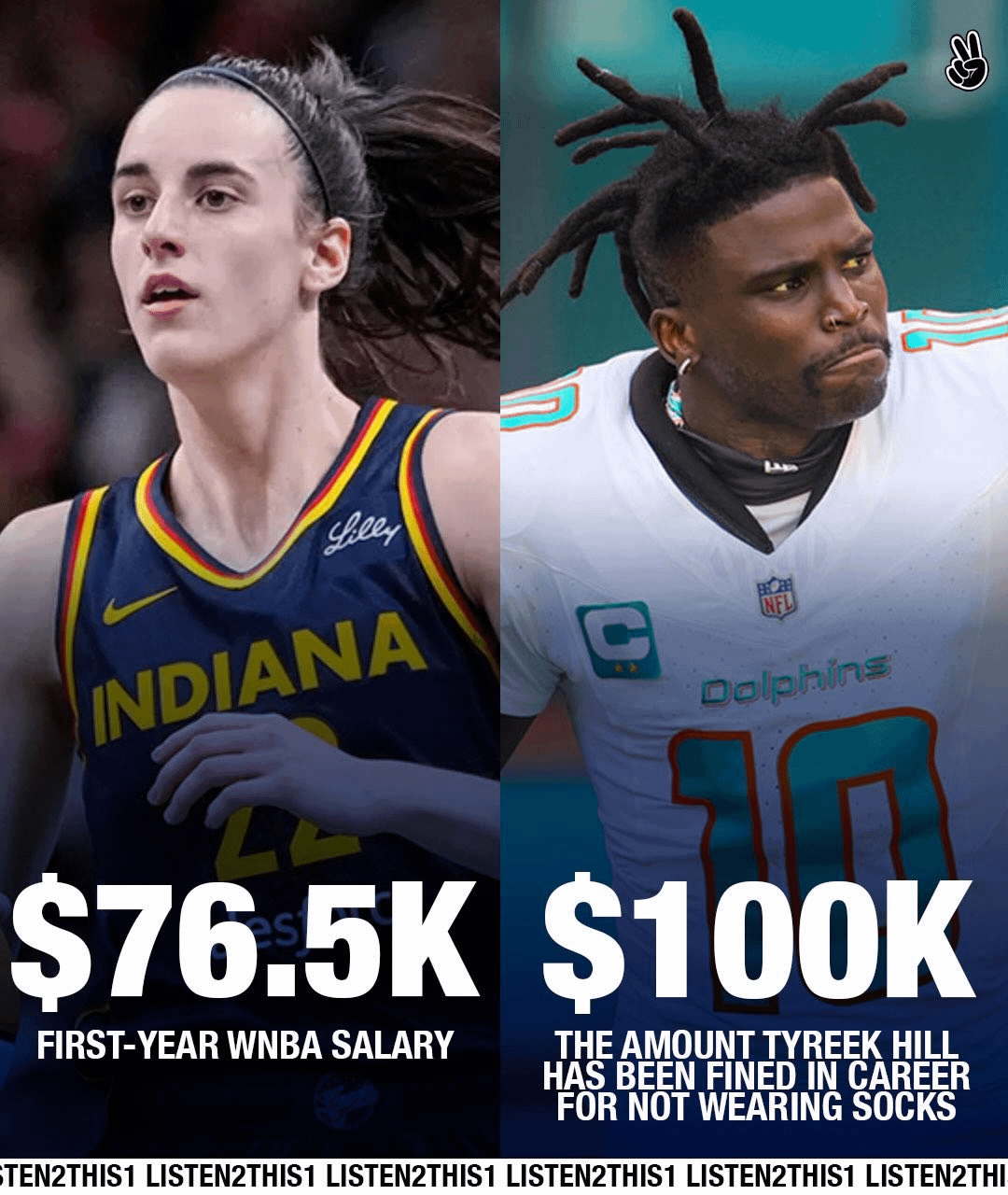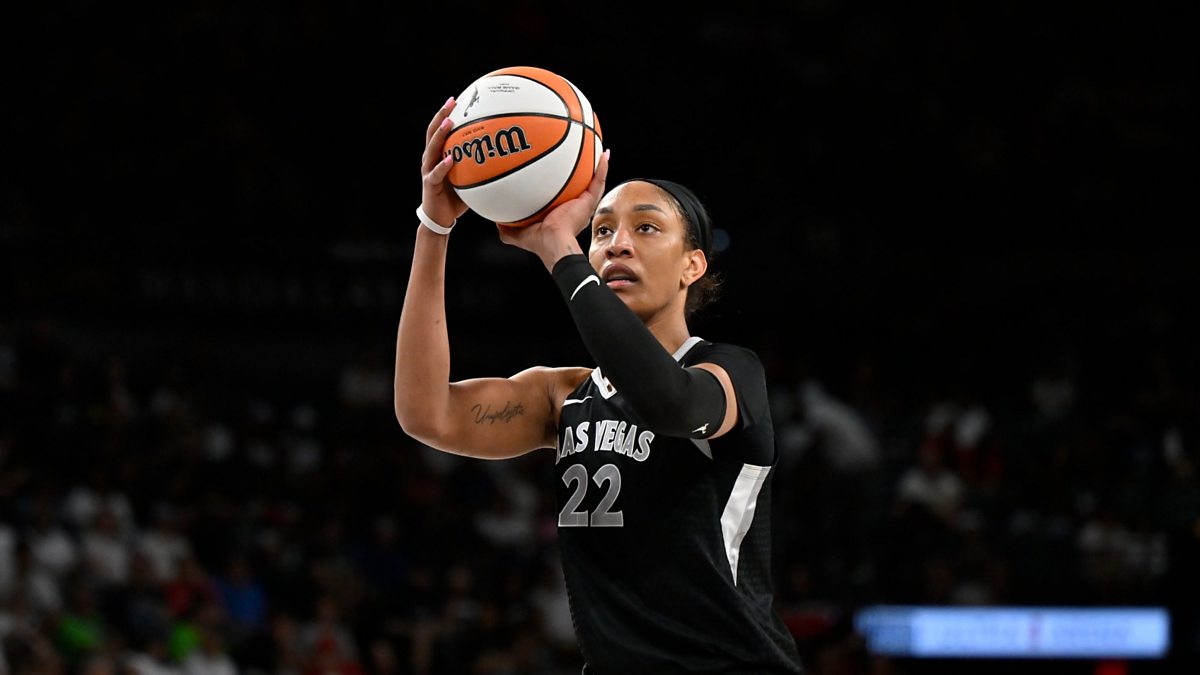Has The WNBA Ever Made A Profit? Exploring The League's Financial Journey
Many folks wonder about the financial standing of the Women's National Basketball Association, especially when discussions turn to its longevity and growth. It's a common question, you know, whether this exciting league, full of incredible athletes, has ever actually brought in more money than it spends. This curiosity, in a way, is totally fair, given how much we hear about sports and their big business aspects. People are naturally interested in the money side of things, especially for a league that has grown so much in visibility and fan support over the years.
This particular question, "Has the WNBA ever made a profit?", really gets people talking. It's a topic that, honestly, sometimes sparks quite a bit of debate online, becoming one of the most contentious conversations the league has seen. There are often differing opinions and, like, a bit of confusion out there about the true financial picture. It's a very real discussion that impacts how we view the league's past, its present, and its future possibilities.
So, we're going to take a closer look at the financial story of the WNBA, drawing directly from the information we have. We'll explore its beginnings, how it's been owned, and the numbers that have been shared about its money matters over time. It's a pretty interesting tale, showing a league that has faced financial hurdles while, at the same time, seeing its popularity and, like, its overall revenue climb. We'll try to get to the heart of what's been said about its financial situation.
Table of Contents
- The League's Origins and Ownership
- The Question of Profitability: A Consistent Narrative
- The Path Forward: Growth and Potential
- Frequently Asked Questions About WNBA Finances
The League's Origins and Ownership
The Women's National Basketball Association, or WNBA as we know it, actually got its start thanks to the National Basketball Association. It's a pretty direct connection, you know. The NBA board of governors, like, officially formed the WNBA back in 1996. This was a really big step for women's professional sports, and it showed a commitment from a major sports organization.
A key figure in getting the league off the ground was, very truly, NBA Commissioner David Stern. He was instrumental, you might say, in making sure the WNBA got its proper start. His vision and effort were, in some respects, crucial for establishing the league. It really speaks to the kind of support it had from the very beginning.
When it comes to ownership, the NBA still plays a very significant part. The NBA, you see, owns about 60% of the WNBA. This ownership structure means there's a pretty strong tie between the two leagues, and it means the NBA has a big stake in the WNBA's success, or, like, its financial journey. The WNBA was launched in 1997 under NBA ownership, and this relationship has continued through all its seasons.
The Question of Profitability: A Consistent Narrative
Now, getting right to the core question: has the WNBA ever made a profit? The information available, from what we've seen, points to a clear answer. The WNBA has, apparently, never once turned a profit since its inception in 1997. This is a point that has been stated multiple times, even by those in charge of the league. It's a consistent part of the league's financial story, you know.
According to Adam Silver, who is the current NBA Commissioner, the league has, like, lost money. Back in 2018, he spoke on the league's financial outlook, and the picture he painted was one of losses. This isn't just an old story, either. The WNBA has, for years, been caught in a defensive narrative about its finances, and this question of profitability is always at the heart of it. It's a bit of a challenge, in a way, that they've been working with for a long time.
In fact, every time players try to negotiate new contracts in the WNBA, the league, like, claims that it has never turned a profit. This is a pretty consistent statement they make during these important discussions. It's, like, a recurring theme that comes up when talking about player salaries and league resources. So, the idea that the league hasn't been profitable is, you know, something that's been stated repeatedly by the league itself.
Financial Projections and Actual Losses
Looking at the numbers, the financial reality for the WNBA has involved losses, rather than profits. For instance, the WNBA was projected to lose $50 million in 2024. This is a pretty significant figure, especially when you consider the league's overall size. Even with increased popularity and revenue, this projection suggests that profitability remains a goal, not a current reality. It's a very clear indicator of the financial journey they're on.
The league, in some respects, loses roughly $10 million a year. And, to give you a specific example, it lost close to $12 million in 2017. These figures, you know, show a consistent pattern of operating at a deficit. It's a bit of a challenge to overcome these kinds of annual losses, even as the league experiences growth in other areas. The financial health is, like, a constant topic of discussion.
According to two unnamed sources "with knowledge of the figures," the WNBA is, apparently, on track not to break even, or generate a profit, but to lose money this year. This really reinforces the idea that, at least for now, the league is still in a phase of investment and growth, with profitability still being a future aim. It's a very clear sign of the financial road they're traveling.
The Salary Cap Perspective
To put the WNBA's financial situation into perspective, especially regarding player compensation, it's helpful to look at the salary cap. In 2024, the WNBA salary cap was just $1.507 million per team. That figure is for the entire roster, you know, all the players on one team. It's a pretty small number when you think about it in the context of professional sports.
To really understand what that means, consider this: an NBA player, Joe Ingles, made $3.6 million this year. That's more than two WNBA teams' entire salary cap combined. This comparison, in a way, really highlights the financial disparity between the two leagues, even with the NBA's ownership of the WNBA. It's a very stark difference that players, like, often point out.
The discussion around charter flights for players, for example, often comes back to this financial reality. People ask, "Can they justify charter flights?" when the league is reporting losses. It's a bit of a sensitive topic, as players are looking for better conditions and compensation, while the league is, you know, trying to manage its financial outlook. The low salary cap is, like, a direct reflection of the league's current financial position.
The Path Forward: Growth and Potential
Despite the consistent narrative of not yet making a profit, the WNBA is, actually, showing some very positive signs of growth. As the WNBA's 29th season enters its second half, the league is experiencing skyrocketing attendance and revenues. This is a pretty exciting development, suggesting that the league is gaining more traction with fans and, like, bringing in more money overall. It's a clear indication of increasing interest.
One would think that such growth would translate into skyrocketing profits, but as we've discussed, the financial reality is a bit more complex. However, this recent growth does point to a promising future. In less than three decades, the WNBA is showing a profitability path that, in some respects, mirrors the major men's sports leagues and their early years. This suggests that while it hasn't happened yet, the potential is there. It's a very hopeful sign for the league's long-term viability.
The league has, like, been trapped in a defensive narrative about losses for years, but the current trends offer a fresh perspective. The growth in attendance and revenue indicates a growing fan base and, you know, increased commercial interest. This kind of organic growth is, very truly, vital for any sports league aiming for sustained success and eventual profitability. It's a long game, as they say, and the WNBA seems to be making progress on that path.
There are many questions that people have regarding the WNBA and its players, especially the question of whether the WNBA has ever made a profit. The true answer, it seems, is that we really don't know the full picture in a definitive public way, but the consistent message from the league and its leadership is that it has not. However, the current trajectory, with its rising popularity and revenues, suggests a future where profitability could, perhaps, become a reality. Learn more about the WNBA's history on our site, and check out this page for more insights into sports economics. You can also read more about sports business on Sports Business Journal.
Frequently Asked Questions About WNBA Finances
Is the WNBA owned by the NBA?
Yes, the NBA does have a significant ownership stake in the WNBA. The NBA board of governors, like, formed the WNBA in 1996, and the NBA still owns about 60% of the league. So, in a way, there's a very close connection between the two organizations. This ownership structure has been in place since the WNBA's launch in 1997.
How much money does the WNBA lose each year?
The WNBA has, like, consistently reported losses rather than profits. For example, the league loses roughly $10 million a year. In 2017, it lost close to $12 million. And, for 2024, the WNBA was projected to lose approximately $50 million. These figures, you know, give a sense of the financial challenges the league faces annually.
Why does the WNBA claim it has never turned a profit during negotiations?
When players try to negotiate new contracts, the WNBA, like, consistently states that the league has never turned a profit. This claim is, apparently, used to frame discussions around player salaries and other financial benefits. It's a way for the league to explain its financial limitations, given its history of operating at a loss. This has, in some respects, sparked contentious debates among players and fans.

Has the WNBA ever made a profit? - YouTube

Has the WNBA Ever Made a Profit? A Look at the Leagues Money. - Fire Sports

BBC World Service - Business Daily, WNBA: Is success leading to profit?